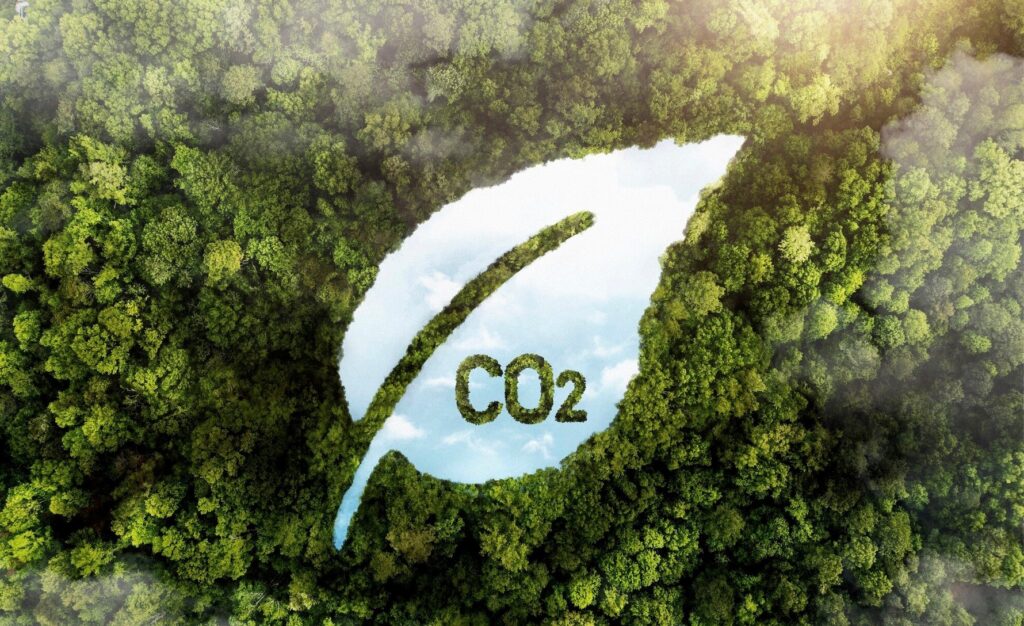
By Carol Wan, S25 Environmental Clinic Student
Carbon dioxide (CO2) emissions have long been known to be a significant contributor to global warming due to its greenhouse gas properties. Greenhouse gases trap infrared heat in Earth’s atmosphere, causing the Earth’s temperature to rise. Ever since the modern recording of atmospheric CO2 levels began at the Mauna Loa Observatory in Hawaii in 1958, CO2 levels have been on the rise, reaching a record high of 427.09 parts per million in February 2025. Efforts to reduce CO2 emissions globally have been ongoing for decades, and the European Union (EU) has developed one of the most effective tools for reducing CO2 emissions through the EU Emissions Trading System (EU ETS, hereinafter referred to as the Trading System).
In 2003, the EU parliament approved the Trading System for launch in 2005. The foundation of the Trading System is simple. It adopts the “cap and trade” model, which sets a maximum cap on permitted emissions and allows the trading of unused permitted emissions, called EU emission allowances (EUAs). The market encourages emitters (like renewable energy providers, tech and service-based companies, and industries with early investment in green tech) who have emissions reduction costs lower than the cost of EUAs to take actions and reduce emissions while encouraging emitters needing excess permits to purchase EUAs instead of taking more costly actions to meet their emissions cap.
Since its launch, the Trading System has proved to be one the most successful endeavors targeting CO2 emissions. According to the European Commission’s latest Carbon Market Report, Europe has seen a historic reduction in carbon emissions, particularly from stationary installations in the power and industrial sectors. By 2023, the Trading System helped to reduce emissions from power sector installations by roughly 47% compared to 2005 levels. In 2023 alone, emissions from these sectors dropped by 16.5%, driven largely by the increased use of renewable energy sources like wind and solar.
Building on the successes of the first Trading System, the EU parliament created a more stringent emissions trading system named ETS2 in 2023 for implementation in 2027. Separate from the original Trading System, ETS2 will expand to include sectors such as road transport, heating, and small industries not covered by the Trading System. This expansion will tighten the carbon market, driving prices up even further. According to Bloomberg Economics, EU carbon prices could reach as high as €149 per ton by 2030 (Bloomberg), potentially making it the world’s highest carbon price. This price surge would be a powerful signal to industries, pushing them to accelerate their investments in low-carbon technologies and ultimately reducing emissions more rapidly.
References:
Climate Policy Info Hub, The EU Emissions Trading System: An Introduction.
European Commission, 2024 Carbon Market Report: A Stable and Well-Functioning Market, Driving Emissions from Power and Industry Installations to a Historic Reduction of 16.5% (Nov. 2024). National Oceanic and Atmospheric Association, Climate Change: Atmospheric Carbon Dioxide (April 2024).
